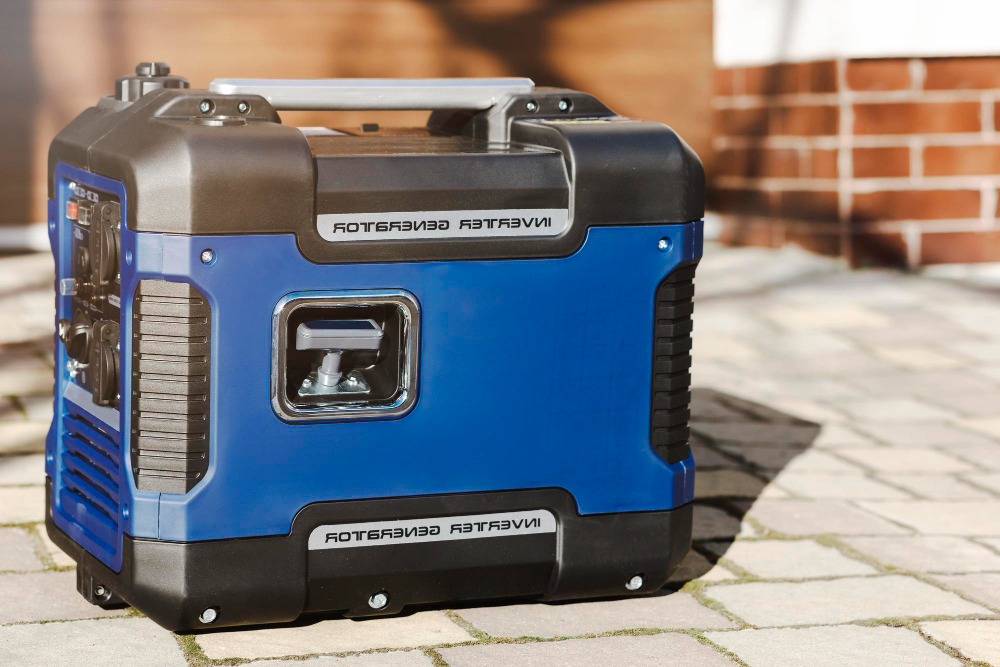The distress signal SOS has become synonymous with calls for help in emergencies, particularly at sea. Universally recognized and understood, SOS serves as a lifeline for those facing perilous situations. In this article, we delve into the origins of the SOS distress signal, its historical significance, and how it has become a symbol of hope and rescue in times of crisis.
SOS vs. CQD: A Mariner’s Cry for Help
Before SOS, maritime distress signals varied across different regions and languages. In the early 20th century, the widely used maritime distress call was CQD, which was a combination of maritime signal codes. However, the need for a single, universal distress signal became evident with the increasing international maritime communication and travel.
The Birth of SOS: A Clear and Recognizable Call
In 1905, at the Second International Radiotelegraphic Convention in Berlin, the need for a standardized distress signal was addressed. The German government proposed the use of “SOS” as a simple and easily recognizable call for help. SOS was chosen because of its distinctive pattern—three short signals, followed by three long signals, and then three short signals again (· · · — — — · · ·). This pattern was easy to transmit in Morse code, which was the primary method of long-distance communication at the time.
The Titanic Tragedy: A Turning Point
The significance of SOS was truly cemented during the sinking of the RMS Titanic in 1912. When the ship struck an iceberg and began sinking, its radio operators transmitted CQD and SOS distress signals. While both signals were used, SOS gained more attention and became associated with the tragedy. The widespread media coverage of the Titanic’s sinking further popularized the SOS distress call.
Adoption and Global Recognition
Following the Titanic disaster, SOS quickly gained worldwide acceptance as the universal maritime distress signal. It was formally adopted by the International Radiotelegraphic Convention in 1912, replacing CQD and other regional distress signals. Over time, SOS was integrated into maritime practices, regulations, and emergency communication protocols.
Beyond Maritime Use: SOS in Aviation and Land Emergencies
Although originally designed for maritime distress, SOS has transcended its origins. It is now recognized as a distress signal across various domains, including aviation and land-based emergencies. It has become a universally understood call for help in times of crisis, transcending language barriers and cultural differences.
SOS in Popular Culture
The SOS distress signal has been embedded in popular culture, making appearances in films, books, and even in everyday expressions. The phrase “to send out an SOS” is commonly used to convey a plea for assistance or help in dire situations.
Modern Communication and Beyond: SOS in the Digital Age
In the age of modern communication, SOS continues to serve as a vital distress signal. Emergency communication devices, such as satellite phones and personal locator beacons, allow individuals to send SOS signals with GPS coordinates, improving the chances of swift rescue operations.
SOS – An Enduring Symbol of Hope
The SOS distress signal, born out of the need for a universal cry for help, has become an enduring symbol of hope and rescue. Its adoption and global recognition have saved countless lives at sea, in the skies, and on land. As a clear and recognizable call for assistance, SOS embodies the human spirit of solidarity and support in times of crisis. In moments of desperation, it is a reminder that help is never far away—a beacon of hope shining brightly across oceans, guiding rescuers to those in need and demonstrating the power of international cooperation in safeguarding human lives.




